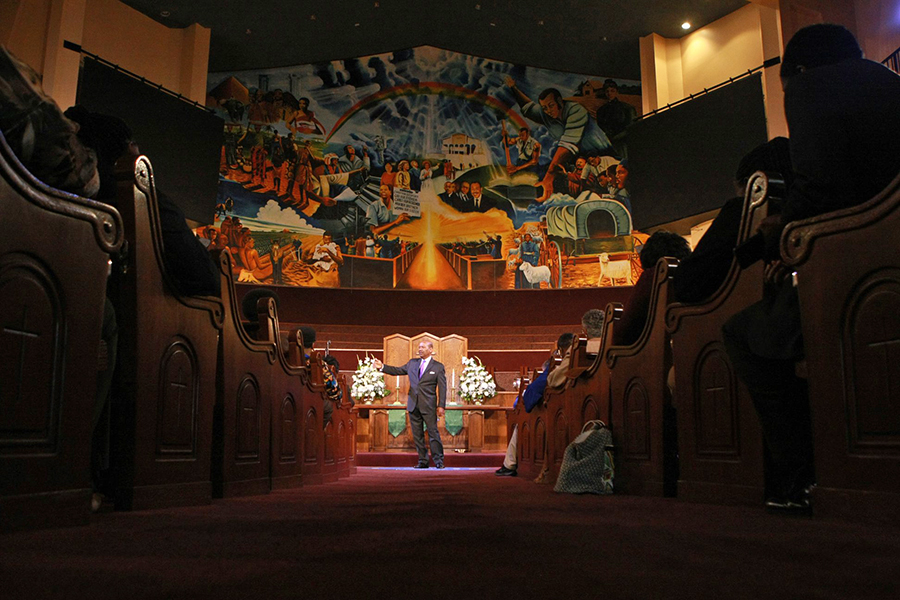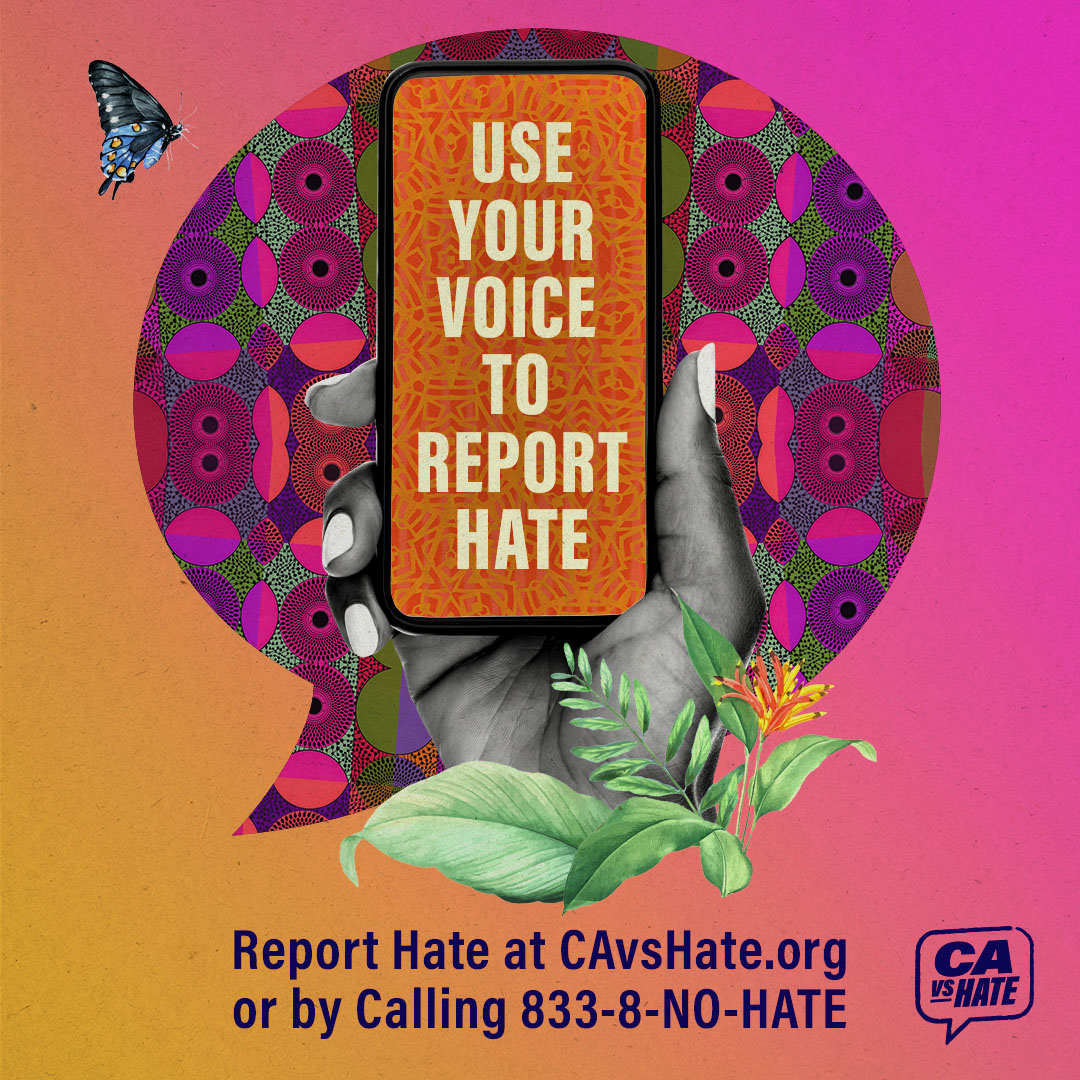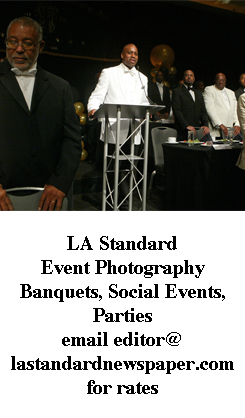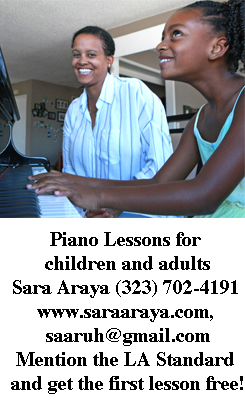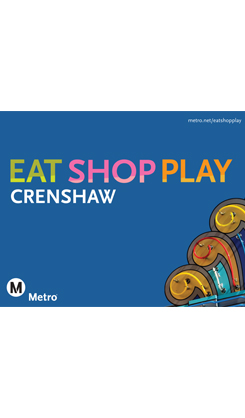Getty and the City of Los Angeles have partnered to identify, preserve, and celebrate African American heritage in Los Angeles.
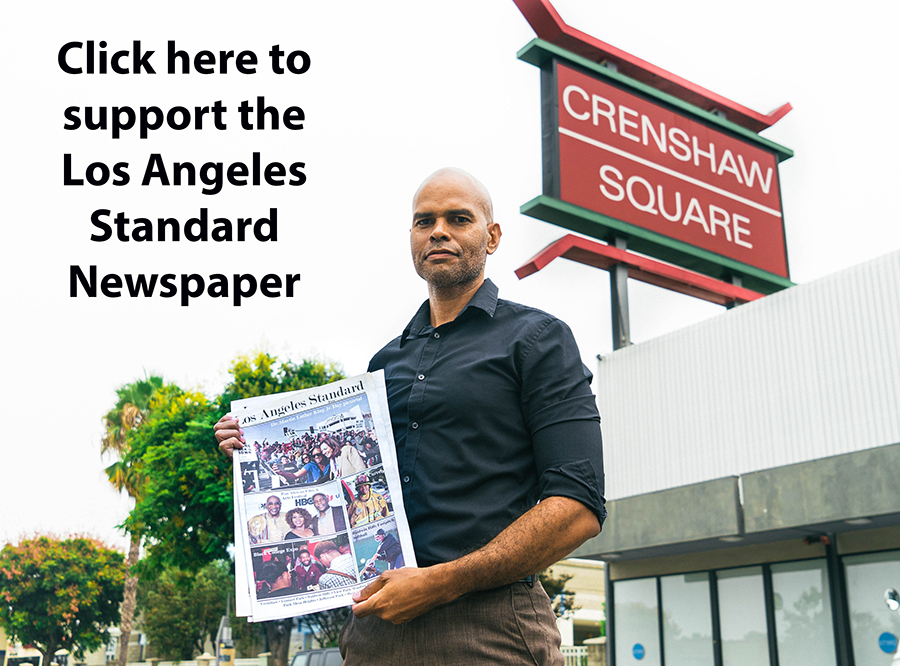
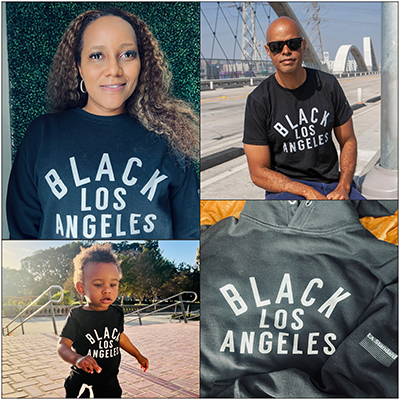
By Jason Lewis
The city of Los Angeles has approximately 1,280 locally designated landmarks, but only about four percent of those buildings reflect the city’s rich Black history. To address this issue, the Los Angeles Office of Historic Resources partnered with the Getty Conservation Institute to launch the Los Angeles African American Historic Places Project, building upon the long partnership between Getty and the city on SurveyLA, the citywide historic resources survey.
“We as a city government are very committed to ensuring that our historic designations and our historic preservation programs reflect the stories of all of our communities and we recognize that we need to be much more intentional in our approach to African Americans,” said Ken Bernstein, principal city planner and manager, City of Los Angeles Office of Historic Preservation.
This project is designed to identify, preserve, and celebrate African American heritage in Los Angeles. Black people have played a vital role in the growth and development of this city, and those contributions need to be recognized.
“When we look at the history of Los Angeles, and we have pieces or cultures missing, I think it’s really important to get across that a diverse group of people have created L.A.,” said Rita Cofield, project leader for the Los Angeles African American Historic Places project. “When Black folks are left out of that, it’s an injustice to American history. It’s really important that we capture a full scope of American history. That includes African American history, Indigenous history, and Chicano history. Today at this point, we’re focusing on African American history.”
There are nearly 350,000 African Americans living in the city of Los Angeles, but when Black tourists come to this city they typically visit the popular tourist sites (Venice Beach, Santa Monica Pier, Hollywood, Beverly Hills, downtown, etc.). Many of those travelers leave Los Angeles saying that they did not see very many Black people. Projects such as the Los Angeles African American Historic Places Project can help bring awareness to Black communities.
“When I go to visit any place, I want to know where my people (Black people) are and where the ordinary people go too,” Cofield said.
Four buildings have been nominated for designation as Historic Cultural Monuments.
– California Eagle office, 4071-4075 S. Central Ave., the oldest African American newspaper in Los Angeles.
– First African Methodist Episcopal Church, 2270 S. Harvard Blvd., which was constructed by 1968 to accommodate the growing number of members of the church.
– StylesVille Beauty & Barbershop, 13161 Van Nuys Blvd, one of the oldest Black barbershop and beauty salons in San Fernando Valley.
– Tom and Ethel Bradley residence, 3807 Welland Ave., the residence of former Los Angeles mayor Tom Bradley.
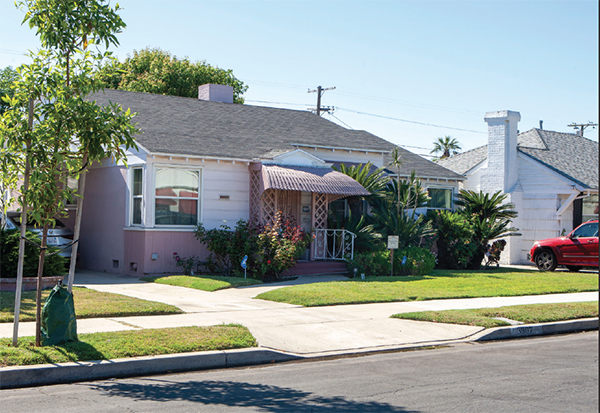
Locals will have an opportunity to get involved with this project.
“We’re asking community members at this stage in the project to tell us about a place that matters to them, and any type of personal connections or stories that they have around that place,” Bernstein said.
“It’s important that communities are telling their own stories,” Cofied said. “The African American community has not had the chance thus far to be the guide in terms of what they consider important in their neighborhoods.”
Locals are asked to fill out an online survey, where they will be able to discuss the neighborhoods and communities that they are most connected to, their favorite places in their community that are important to African American heritage, and sites that they would like to see preserved. Find the survey at https://survey123.arcgis.com/share/8741d3eb50524f0eac3c7a6bf986f60a.
For more information about Los Angeles City Planning’s Historic Preservation program, visit https://planning.lacity.org/. For more information about Getty’s African American Historic Places Los Angeles project, visit www.getty.edu.


